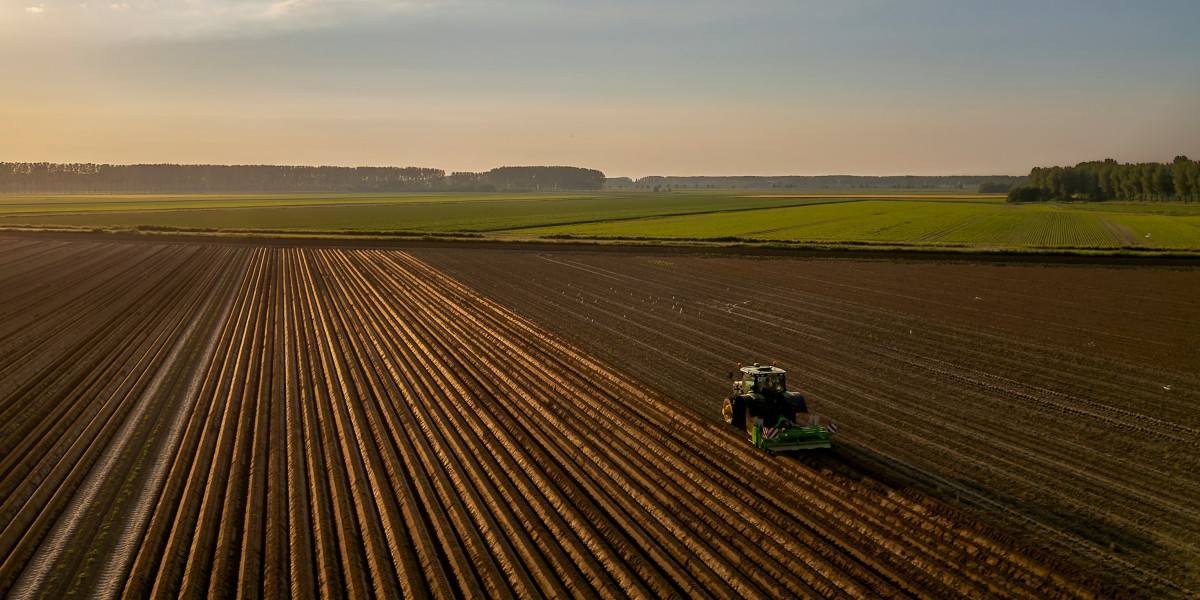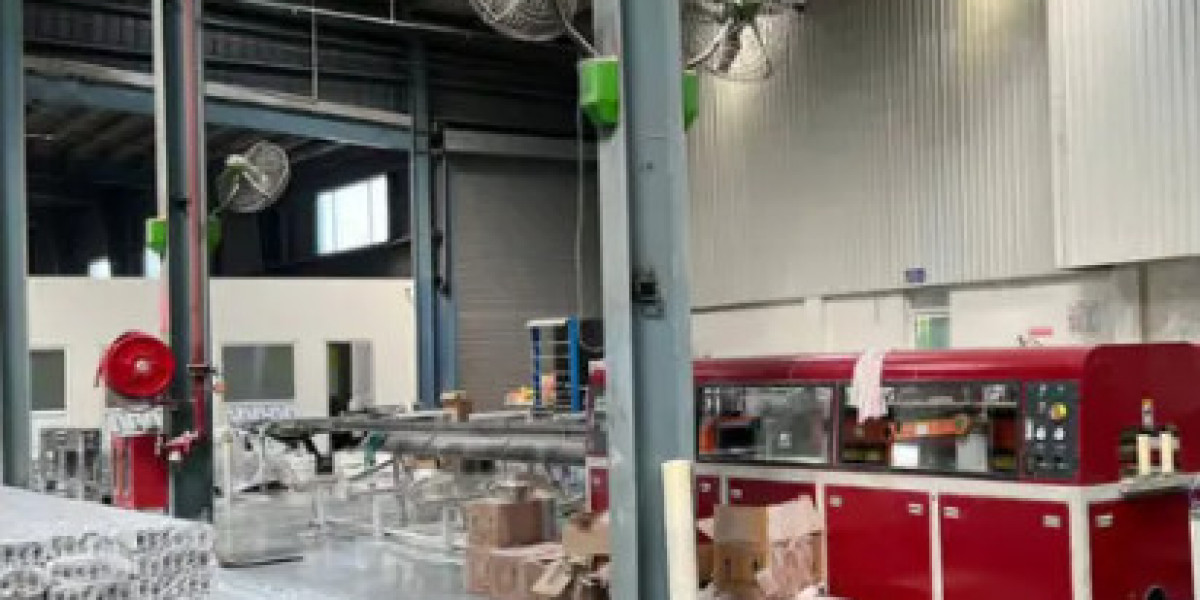What is Propiconazole and How Does It Work?
Propiconazole is a systemic fungicide, meaning the plant absorbs and moves through its vascular system to protect the roots and leaves from fungal infections. Unlike contact fungicides that only work on the plant's surface, Propiconazole provides longer-lasting protection by working internally within the plant.
Propiconazole inhibits the biosynthesis of ergosterol, an essential component of fungal cell membranes. This disruption weakens fungal cells, preventing them from reproducing and spreading. As a result, it can help control a wide range of diseases in wheat and paddy, such as wheat rust, rice blast, and paddy sheath blight.
Why Is Propiconazole Considered Effective for Wheat and Paddy?
Wheat and paddy crops are susceptible to several fungal diseases, particularly during high humidity or excessive moisture. Propiconazole has proven to be highly effective against many of these diseases, making it a preferred choice for many farmers.
Wheat: Wheat is vulnerable to diseases like wheat rust, which can reduce yields significantly if not controlled. Propiconazole is highly effective against wheat rust by inhibiting fungal growth and preventing the spread of infections.
Paddy: Rice blast is one of the most destructive fungal diseases affecting paddy crops. Propiconazole has shown excellent efficacy in controlling rice blast, reducing yield loss, and maintaining healthy crop growth.
Propiconazole offers several advantages for farmers looking for a reliable solution to combat fungal diseases, including its systemic action, long-lasting protection, and versatility in treating various fungal diseases across different crops.
If you're considering Propiconazole for your crop protection needs, Boost Propiconazole 25% EC Systemic Fungicide offers a potent solution that provides comprehensive protection for wheat and paddy fields. This ensures healthier crops and better yields.
Advantages of Using Propiconazole for Wheat and Paddy Crops
Long-Lasting Protection
One of the main advantages of Propiconazole is its ability to provide extended protection. As a systemic fungicide, it is absorbed by the plant and travels through its tissues, offering protection not just on the surface but also internally. This allows it to prevent the spread of fungal diseases even after rainfall or irrigation, ensuring that your crops remain healthy.Broad-Spectrum Control
Propiconazole is effective against various fungal diseases, including rice blast, wheat rust, and other common fungal infections that affect wheat and paddy crops. This broad-spectrum activity makes it an attractive option for farmers, who can rely on a single product to manage several diseases.Increased Yield and Quality
Propiconazole helps increase crop yields by protecting wheat and paddy crops from damaging fungal diseases. Healthy crops are more resilient to environmental stressors, and Propiconazole ensures that crops remain strong and productive throughout their growth cycle. This leads to higher-quality grains and better returns for farmers.Reduced Risk of Disease Resistance
While any fungicide carries the risk of disease resistance, Propiconazole has proven effective in reducing the occurrence of resistance in fungal populations. Propiconazole minimizes the likelihood of resistance development by disrupting key processes in the fungus, ensuring that the fungicide remains effective for longer periods.
Disadvantages of Propiconazole for Wheat and Paddy Crops
While Propiconazole offers many benefits, it also has drawbacks. Farmers should know these potential issues before relying heavily on this fungicide for their wheat and paddy crops.
Environmental Impact
Like all chemical pesticides, Propiconazole can have negative environmental effects if not used responsibly. Although it is less toxic to non-target organisms than other chemicals, it can still harm aquatic ecosystems if it contaminates water sources through runoff. Farmers need to take precautions to prevent the spread of Propiconazole to surrounding environments, such as using buffer zones near water bodies and avoiding application before rainfall.Impact on Soil Health
The long-term use of systemic fungicides like Propiconazole can affect soil health. While it primarily targets fungi, Propiconazole may also impact beneficial soil microorganisms contributing to nutrient cycling and soil fertility. Overusing this fungicide could disrupt the soil ecosystem, reducing soil biodiversity and long-term degradation of soil quality.Non-Approval for Organic Farming
Propiconazole is not approved in organic farming, which relies on natural substances and methods to control pests and diseases. Farmers who practice organic farming will need to explore other solutions to combat fungal diseases in wheat and paddy crops. The absence of Propiconazole in organic farming may limit its use for confident growers who prefer more sustainable farming methods.
Are There Better Alternatives to Propiconazole for Wheat and Paddy Crops?
While Propiconazole is widely used, it is not the only option for controlling fungal diseases in wheat and paddy crops. Farmers may explore several alternatives depending on their specific needs and farming practices.
Triazole Fungicides: Propiconazole is part of the triazole family of fungicides, including other effective options such as Tebuconazole and Difenoconazole. These fungicides work similarly to Propiconazole but may offer different efficacy or environmental profiles.
Biological Control Agents: Biological control agents like Trichoderma or Bacillus species offer an alternative to chemical fungicides for organic farming farmers. These natural agents can help suppress fungal diseases without the environmental impact of synthetic chemicals. However, they may not always be as effective or long-lasting as Propiconazole, making them a less reliable option in some cases.
Cultural Practices: Besides fungicides, farmers can implement cultural practices to reduce the pressure of fungal diseases in wheat and paddy crops. Crop rotation, proper irrigation management, and disease-resistant varieties can all help mitigate the spread of fungal diseases without relying heavily on chemical treatments.
Plant Extracts and Organic Fungicides: Some farmers turn to plant extracts and organic fungicides derived from natural sources, such as neem oil or copper-based fungicides. These options may be more environmentally friendly but often require more frequent application and may not offer the same level of protection as chemical fungicides like Propiconazole.
The Importance of Integrated Pest Management (IPM)
Incorporating Propiconazole into an Integrated Pest Management (IPM) strategy can help optimize its use while minimizing negative environmental and health impacts. IPM combines chemical, biological, and cultural practices to manage pests and diseases sustainably.
Preventive Measures: By adopting preventive measures such as resistant varieties, optimal planting practices, and proper irrigation techniques, farmers can reduce the reliance on chemical fungicides like Propiconazole.
Monitoring and Early Detection: Regular monitoring of crops for early signs of fungal diseases allows farmers to apply Propiconazole only when necessary, reducing the frequency and amount of fungicide used. Early intervention also ensures that fungal diseases do not have time to spread, making treatments more effective.
Resistance Management: To prevent the development of resistance, it is crucial to rotate fungicides with different modes of action. This reduces the likelihood that fungi will become resistant to Propiconazole and ensures that the fungicide remains effective over the long term.
"The key to sustainable agriculture is not simply relying on one tool, but integrating a range of strategies to protect crops and preserve the environment."
FAQs
1. How effective is Propiconazole for controlling wheat rust?
Propiconazole is highly effective for controlling wheat rust, as it inhibits fungal growth and prevents the spread of the infection. It is one of the most commonly used fungicides for this disease.
2. Can Propiconazole be used in organic farming?
No, Propiconazole is not approved for organic farming due to its synthetic nature. Organic farming relies on natural methods for disease control.
3. How often should Propiconazole be applied to paddy fields?
The frequency of application depends on disease pressure and environmental conditions. During the growing season, it is generally applied every 14 to 21 days.
4. What are the potential environmental impacts of using Propiconazole?
If misused, propiconazole can have negative environmental impacts, including contamination of water sources and harm to beneficial soil microorganisms. Proper application techniques can minimize these risks.
5. Are there alternatives to Propiconazole for managing fungal diseases in wheat and paddy?
Yes, alternatives to triazole fungicides, biological control agents, and cultural practices like crop rotation and resistant varieties can also be used to control fungal diseases.
The Future of Fungicide Use in Wheat and Paddy Crops
As farming evolves, the reliance on fungicides like Propiconazole may play an important role in crop protection. However, sustainable practices, integrated pest management, and research into new alternatives will likely shape the future of fungicide use. Farmers must adapt to changing conditions and seek solutions that balance crop health with environmental stewardship. In the end, the goal is not to eliminate the use of fungicides but to use them wisely and effectively to protect both crops and the environment.








